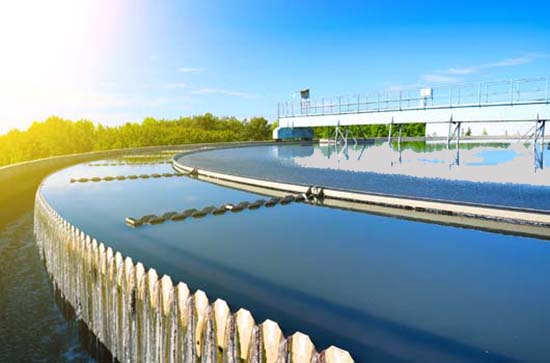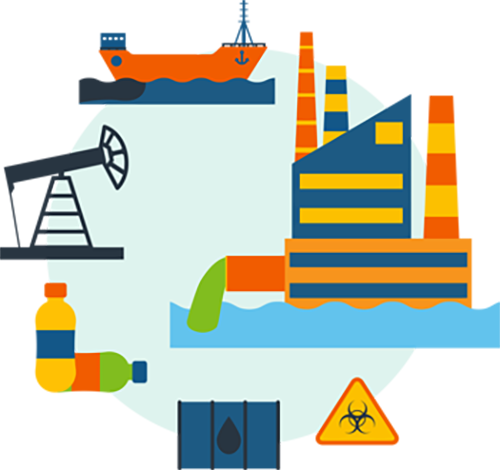Water Treatment
Water treatment is any process that improves the quality of water to make it appropriate for a specific end-use. The end-use may be drinking, industrial water supply, irrigation, river flow maintenance, water recreation or many other uses, including being safely returned to the environment
Household Water Treatment
Filtration Systems removes impurities from water by means of a physical barrier, chemical, and/or biological process.
Water Softeners reduces the hardness of the water. A water softener typically uses sodium or potassium ions to replace calcium and magnesium ions, the ions that create “hardness.”
Distillation Systems convert impure water, which is boiled and the steam is collected and condensed in a separate container, leaving many of the solid contaminants behind.
Disinfection is a physical or chemical process in which pathogenic microorganisms are deactivated or killed. Examples of chemical disinfectants are chlorine, chlorine dioxide, and ozone. Examples of physical disinfectants include ultraviolet light, electronic radiation, and heat.


Ways to Save Water
- Check and fix leaking taps
- Check your toilet for leaks.
- Stop using your toilet as an ashtray or wastebasket\
- Put a plastic bottle in your toilet tank
- Take shorter showers. Take baths if you can.
- Put off the tap while brushing your teeth.
- Turn off the water while shaving
- Use your automatic washing machine only for full loads only
- Don’t let the faucet run while you clean vegetables
- Keep a bottle of drinking water in the refrigerator
- If you wash dishes by hand, don’t leave the water running for rinsing
- Water your lawn only when it needs it
- Water only during the cool parts of the day
- Don’t water the gutter
- Use a broom to clean driveways, sidewalks and steps
- Don’t run the hose while washing your car
- Children are to be dissuaded from playing with the hose and sprinklers